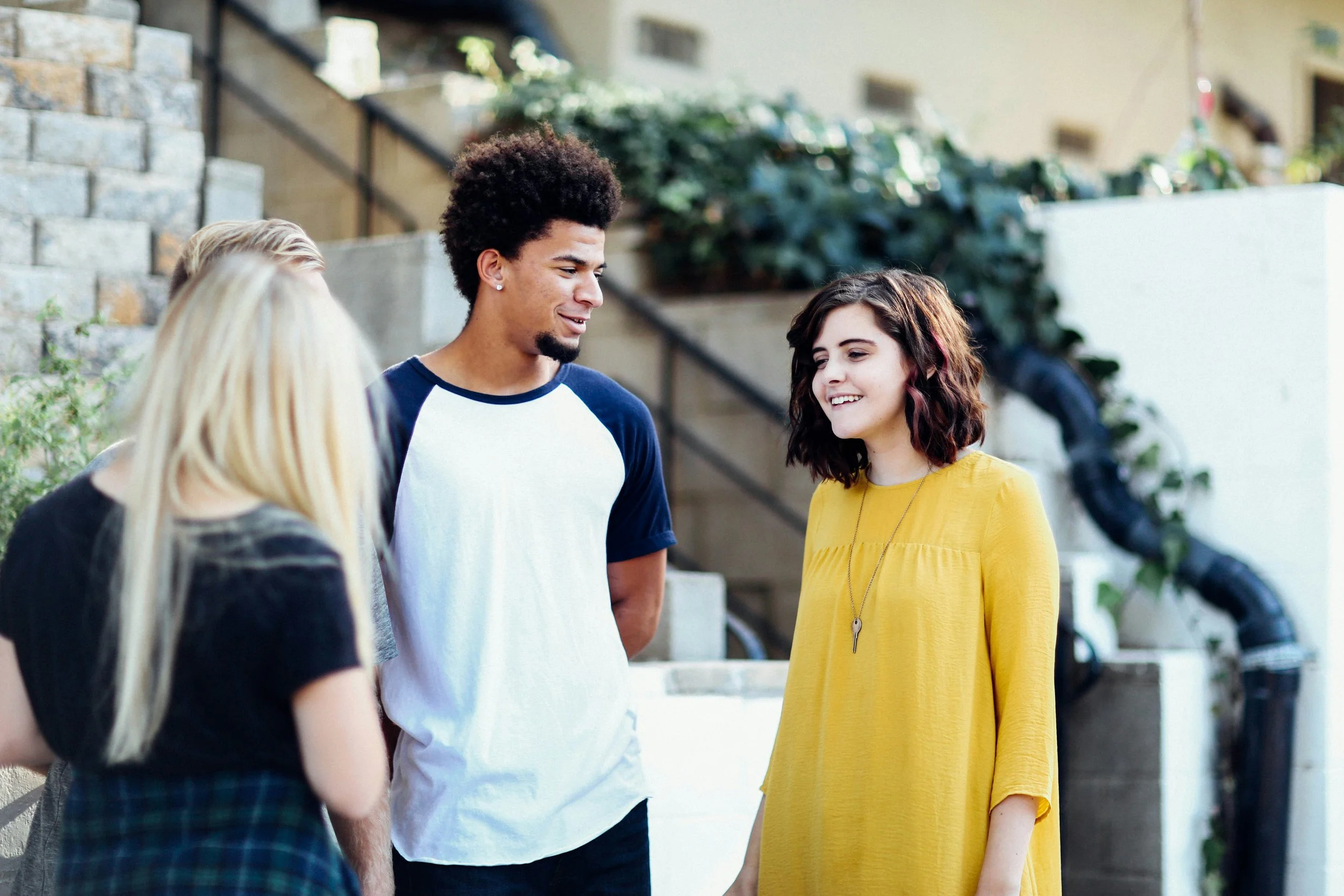Group Therapy At Kincove
A SAFE SPACE TO CONNECT AND GROW
Adolescence can feel isolating, especially when it seems like no one else understands what you’re going through. Group therapy offers a safe, supportive space where teens and young adults realize they’re not alone.
Led by a therapist, group therapy brings together individuals facing similar challenges to:
Build connections with peers who truly get it.
Learn practical tools for managing stress, anxiety, and big emotions.
Gain confidence by sharing openly and feeling heard without judgment.
Benefits
Group therapy can provide a valuable, supportive environment for adolescents, helping them navigate personal challenges while fostering social connections, learning coping and social skills, and building emotional resilience.
Enhance Neural Pathways
Enhance neural pathways that support social cognition and emotional regulation, fostering deeper connections and improved emotional balance.
Grow Together
Build self-awareness, resilience, and empathy by fostering meaningful peer interactions. Sharing experiences in a supportive group setting encourages personal growth, emotional connection, and mutual understanding.
Relieve Stress Through Connection
Reduce stress-related brain activity through social connection. Giving and receiving support in a group setting helps lower stress levels and promotes emotional well-being.
Create a Supportive Community
Foster a sense of belonging by connecting with others facing similar struggles. This shared experience provides emotional support and helps teens feel understood and less isolated.
How will group therapy help me?
Group Therapy is typically conducted with a small group of adolescents (4-10 people) and led by one or more therapists. Sessions typically last 60-90 minutes and occur weekly. Group members take turns sharing and supporting each other under the guidance of the therapist.
Frequency and length of sessions may vary based on the group’s purpose. Groups may be open (new members can join over time) or closed (the same members meet consistently over a set period).
What should I expect in group therapy?
Suitable for teens experiencing issues such as social anxiety, depression, low self-esteem, behavioral issues, or difficulty in forming relationships. Adolescents who feel isolated or disconnected often benefit from the group dynamic.
The goal of group therapy is to develop coping and social skills and allow group members practice and learn new strategies for dealing with challenges they experience


